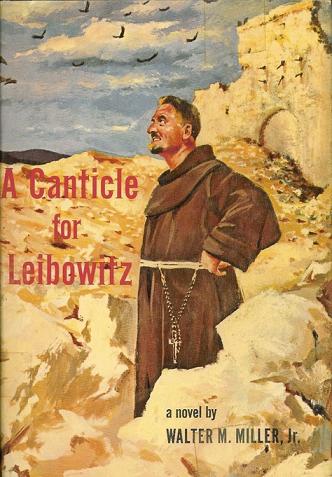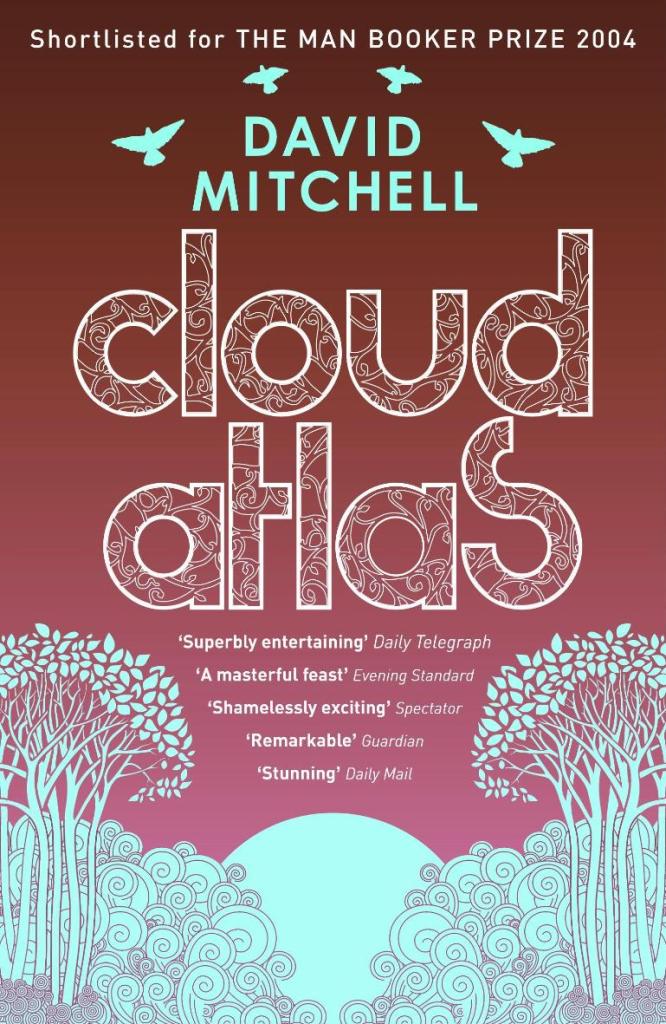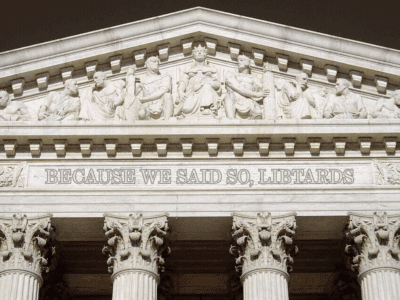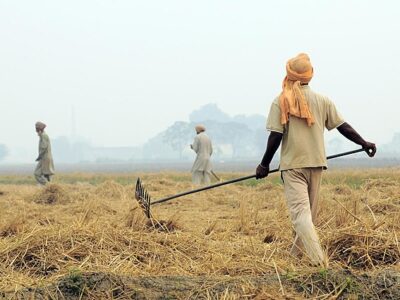The Greening of Post-Apocalypticism?
David Mitchell’s Masterpiece Provides a Perfect Epigraph — and Epitaph — for Environmentalism
A few weeks ago, I finished reading David Mitchell’s magnificent Cloud Atlas, a few months after seeing the still-excellent but-not-as-magnificent movie based upon it. The novel comprises a series of linked stories ranging from the mid-19th century to a post-apocalyptic future 300 years in the future. And that last story, profound and heartbreaking, tells us something interesting about contemporary environmentalism.
 When I was growing up, post-apocalyptic literature was usually cabined in “science fiction,” and usually concerned some sort of nuclear catastrophe. The classic work here is Walter Miller’s 1959 masterpiece A Canticle for Leibowitz, which involves an order of monks in the Utah desert, trying to protect the last remnants of human civilization after the “Great Flame Deluge” and the “Simplification”. The monks are often afraid of a great monster called “The Fallout,” and must deal with human mutants created by nuclear sickness.
When I was growing up, post-apocalyptic literature was usually cabined in “science fiction,” and usually concerned some sort of nuclear catastrophe. The classic work here is Walter Miller’s 1959 masterpiece A Canticle for Leibowitz, which involves an order of monks in the Utah desert, trying to protect the last remnants of human civilization after the “Great Flame Deluge” and the “Simplification”. The monks are often afraid of a great monster called “The Fallout,” and must deal with human mutants created by nuclear sickness.
Canticle is unique in its brilliance and philosophical depth, but it is not unique in its explanation for the post-apocalyptic age: nuclear war. It hardly surprises that this genre became popular during the Cold War, where the ability of technology to wipe out civilization was new, and the US and USSR often seemed to be on the nuclear precipice. But I am wondering whether things will slowly start changing, as the public becomes less conscious of nuclear danger (although it shouldn’t!), and more conscious of environmental danger (which it should!).
In Cloud Atlas, the central story, entitled “Sloosha’s Crossin’ an’ Ev’rythin’ After”, occurs 150 years after “The Fall”, an unspecified event that wiped out “the Civ’lise”, along with most of human civilization. The central character is Zachary (played by Tom Hanks in the movie), a tribesman of “the Valley” in what is now Hawai’i (and what he calls Ha’why). The Valleysmen are primitive hunters ans gatherers who have some agriculture and do some trading. The Valley is regularly visited by the “Prescients,” the only tribe that have kept the old technology, and for several months a Prescient woman, Meronym, comes to stay with them and study them. (Interestingly, the Prescients are all people of color, which is why Halle Berry plays Meronym in the movie). After some initial hostility, Zachary and Meronym become friends (in the book, he is a teenager and she is a 50-year-old; in the movie, of course, they eventually become lovers), and she tells him what she knows about how The Fall occurred:
“The Prescient answered, Old Uns tripped their own Fall.
“Oh, her words was a Rope O’Smoke. But Old Uns’d got the Smart!
“I mem’ry she answered, Yay, Old Uns’ Smart mastered sicks, miles, seeds, an’ made miracles ord’nary, but it din’t master one thing, nay, a hunger in the hearts o’humans, yay, a hunger for more.
“More what, I asked. Old Uns’d got ev’rythin.
“Oh, more gear, more food, faster speeds, longer lifes, easier lifes, more power, yay. Now, the Hole World is big, but it weren’t big ’nuff for that hunger what made Old Uns rip out the skies an’ boil up the seas an’ poison soil with crazed atoms an’ donkey ’bout with rotted seeds so new plagues was borned an’ babbits was freak-birthed. Fin’ly, bit’ly, then quicksharp, states busted into bar’bric tribes an’ the Civ’lize Days ended, ‘cept for a few folds’n’pockets here’n’there, where its last embers glimmer.
“I asked why Meronym’d never spoke this yarnin’ in the Valleys.
“Valleysmen’d not want to hear, she answered, that human hunger birthed the Civ’lize, but human hunger killed it, too. I know it from other tribes offland what I stayed with. Times are you say a person’s b’liefs ain’t true, they think you sayin’ their lifes ain’t true, an’ their truth ain’t true.
“Yay, she’ was prob’ly right.”
Mitchell’s specificity here is telling. It’s an overall pattern of environmental degradation, from climate change (“rip out the skies…boil up the seas”) to hazardous waste to plague. Cloud Atlas is hardly the first post-apocalyptic novel to see the collapse of civilization as environmentally caused, but it is the most famous. Together with The Day After Tomorrow, it shows that Hollywood is beginning to notice: Day After Tomorrow did pretty well at the box office although not nearly as well with critics. Cloud Atlas did better with both, although its themes transcend the environment. We’ll see whether this develops into a trend.
Human hunger birthed the Civ’lize, but human hunger killed it, too. That might be a perfect epigraph –and perhaps epitaph — for environmentalism.

Reader Comments
3 Replies to “The Greening of Post-Apocalypticism?”
Comments are closed.







This deserves a prize for greatest Legal Planet blog post title.
For another interesting take on a society after environmental catastrophe see Ursula K. LeGuin’s Always Coming Home. http://en.wikipedia.org/wiki/Always_Coming_Home
Just ordered. Thanks.